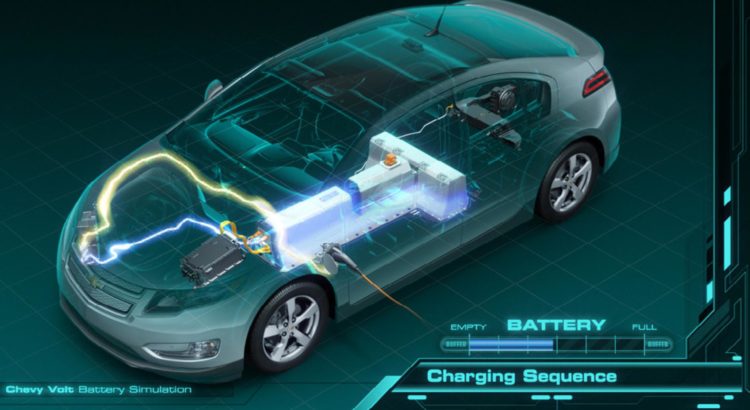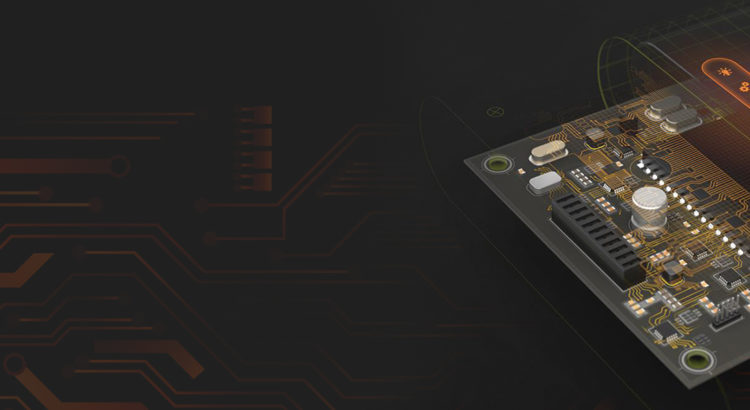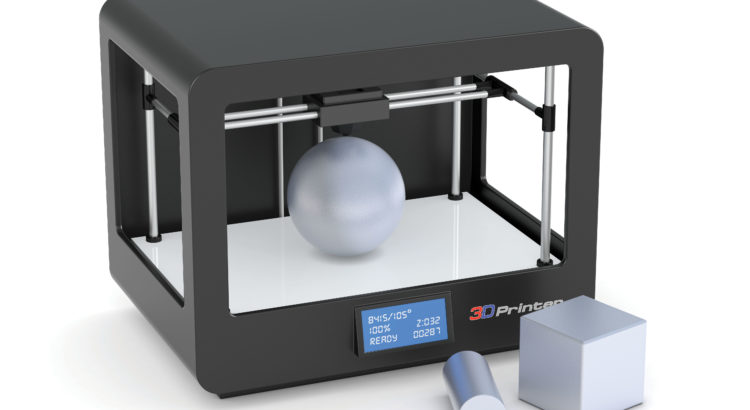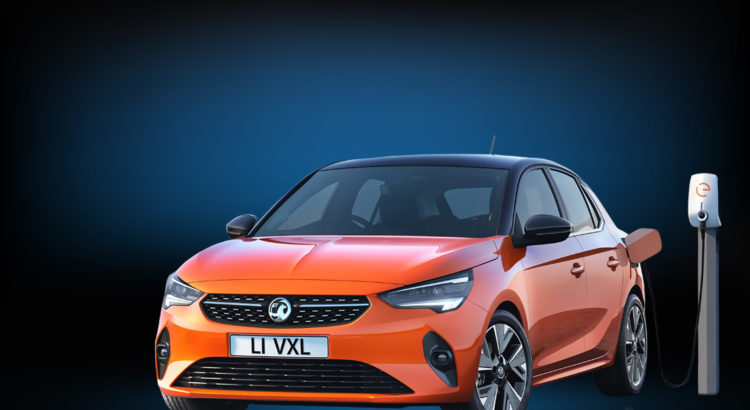Electric vehicles are the new trend in the automobile sector, and people are aligning their interests towards this trend. EVs are gaining immense popularity in developing countries that are aiming to reduce their pollution mark and also want to reduce their dependence on oil-rich countries. EVs are energy-efficient vehicles with zero carbon emissions which the main USP of it due to which it seems affordable asset for a consumer. Governments are promoting EVs to their citizens. However, the present scenario restricts the user to purchase an EV as there is no infrastructure for EV charging, and the cost of an EV is very high compared to the petrol/diesel vehicles.
Limitations:
- EVs are still evolving because the main component in it is the battery which limits its range and capabilities to tap the market in terms of cost and feasibility.
- Presently the battery is composed of Lithium-ion (Li-ion) which has a very short life cycle in terms of charge and also has a history of overheating which is a major security concern for the time being.
- Research is being conducted on a large scale for the batteries so that they have enhanced fire resistance, rapid charging, and larger life cycles.
Future Solutions:
- EV advancement is the solid-state and lithium silicon technology which will change the face of EV in the market and pave the way for an installed EV base of 100 million by 2028.
- Numerous investments from OEMs such as Volkswagen, BMW Group, and Daimler, have been made in solid-state technology and lithium-silicon technology organizations, including QuantumScape, Solid Power, Enevate and Sila Nanotechnologies. These investments exhibit the importance of these technologies for the future of EV batteries.
- These technologies support the increase of energy density in the batteries, which can provide charge for a longer period and also result in higher power.
- By 2025 all the batteries dominated by silicon in its composition will be able to deliver energies up to 400Wh/kg which will let the vehicles to acquire the power of 300kW and over that will result in more efficiency.
- The initial solution is the Silicon-based anodes in the batteries, which will be dominant in the market till 2026.
- The next stage will be the Solid State technology in the battery which will enhance the battery composition and will be able to deliver charges of 500kW and will have an energy density of 500Wh/kg.
- These technologies are being in research and are funded by organizations for their advancements, so they deliver the committed features like longer life cycles, quick charging and also become very cheap and affordable to a common man.
- The advancements in the battery segment will the future of the automobile sector and for those who are hoping for a greener earth.
- The addition of silicon alone over the next seven years will grow the EV installed base from 8 million in 2019 to 40 million in 2025.




